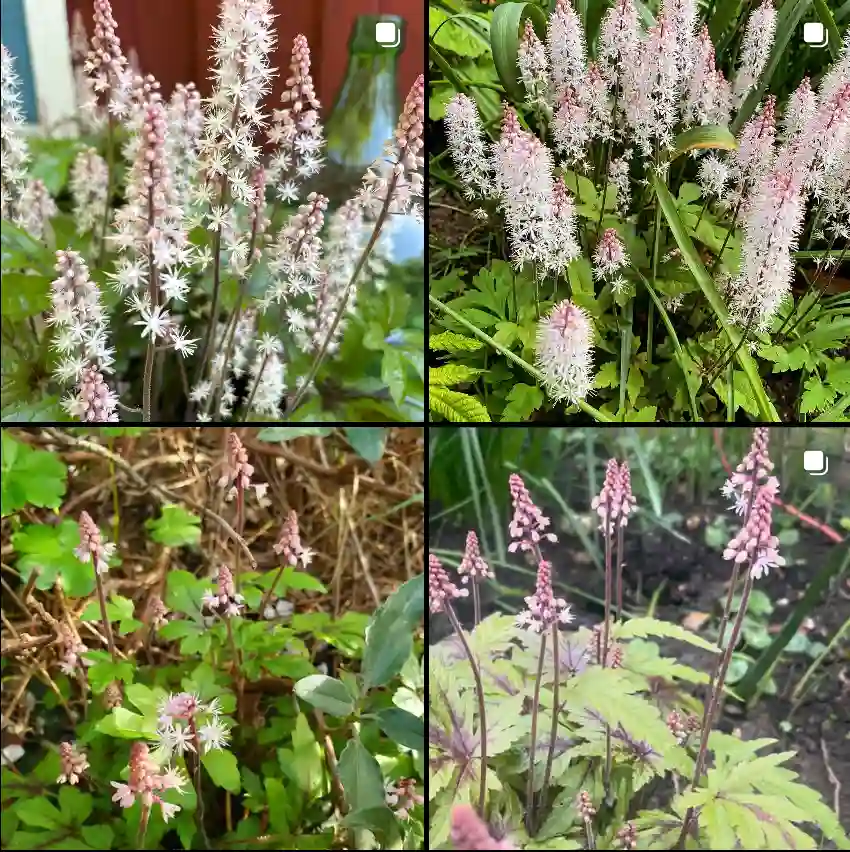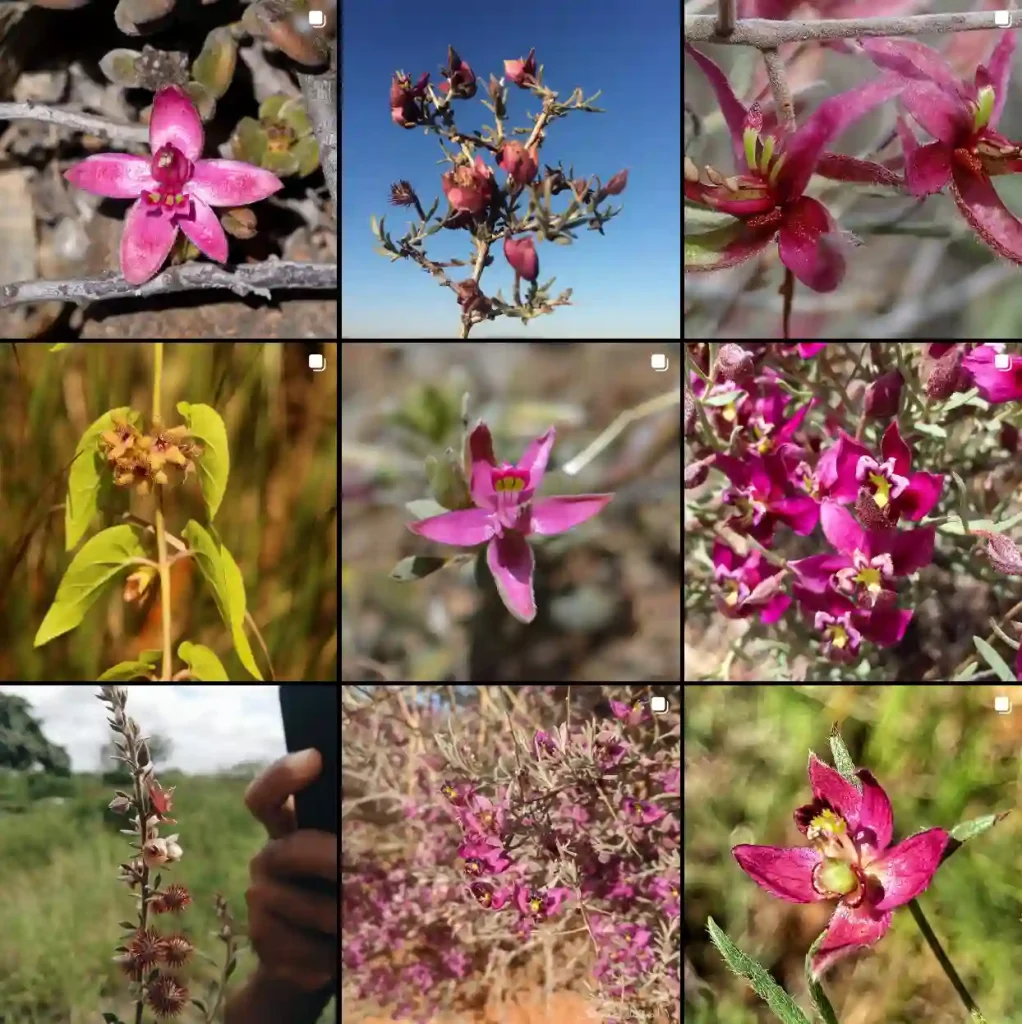Drimiopsis Maculata: The Easy-Care Spotted Beauty with a Punch
Hi, Ferb Vu here, and I’m obsessed with the Drimiopsis maculata. This South African native bulb has become a superstar in my houseplant collection, and for good reason. It’s stunning, uncomplicated, and brings a touch of the exotic indoors.
For those curious about this fascinating plant, I’ve compiled a quick FAQ to answer all your burning Drimiopsis maculata questions.
What is a Drimiopsis Maculata?
The Drimiopsis maculata, also known as the Leopard Lily or African False Hosta, is a bulbous perennial prized for its striking foliage. Long, slender, arrow-shaped leaves emerge green, then become adorned with dark-gray spots that resemble a leopard’s coat (maculata means “spotted” in Latin).
This easygoing plant thrives in well-draining soil and bright, indirect sunlight. During spring and summer, it rewards you with elegant white flower spikes that add a touch of whimsy.
Drimiopsis Maculata vs. Hosta: Close, But No Cigar
While the Drimiopsis maculata earns the nickname “African False Hosta,” they’re not truly related. Hostas are shade-loving perennials native to East Asia, known for their broad, heart-shaped leaves.
Drimiopsis maculata, on the other hand, prefers dappled sunlight and boasts narrower, spotted foliage. They also differ in flowering habits. Hostas produce trumpet-shaped blooms in shades of purple, lavender, or white, while Drimiopsis maculata offers dainty white bell-shaped flowers.
Is Drimiopsis Maculata Easy to Care For?
Absolutely! Drimiopsis maculata is a low-maintenance houseplant. Here’s the lowdown:
- Light: Provide bright, indirect sunlight. Avoid harsh afternoon sun, which can scorch the leaves.
- Water: Water thoroughly when the top 1-2 inches of soil dry out. Allow the excess water to drain freely. Avoid overwatering, as this can lead to root rot.
- Soil: Use a well-draining potting mix specifically formulated for cacti or succulents.
- Temperature: Drimiopsis maculata prefers average room temperatures between 65-75°F (18-24°C).
- Humidity: Average household humidity is sufficient. However, if the air gets very dry, misting the leaves occasionally can be beneficial.
- Fertilizer: Apply a balanced liquid fertilizer diluted to half strength during the growing season (spring and summer) once a month.
Does Drimiopsis Maculata Like to Be Outside?
Drimiopsis maculata can be grown outdoors in USDA hardiness zones 7b-10. Plant the bulbs in a shady spot with well-draining soil. Water regularly during the growing season and allow the plant to go dormant in winter. In colder climates, grow it in containers and bring it indoors before the first frost.
How Do I Propagate Drimiopsis Maculata?
This prolific plant reproduces readily through bulb division. In spring or fall, carefully lift the bulbs from the pot and separate the offsets (baby bulbs) with a sharp knife. Repot the offsets in individual containers with fresh potting mix.
Is Drimiopsis Maculata Toxic?
While not deadly, Drimiopsis maculata does contain saponins, which can be mildly irritating to skin and eyes. It’s best to wear gloves when handling the bulbs and keep the plant out of reach of children and pets.
Can Drimiopsis Maculata Help Purify the Air?
Drimiopsis maculata isn’t on the top of NASA’s list of air-purifying plants, but it likely contributes to a healthier indoor environment by removing some common toxins like formaldehyde.
Where Can I Buy Drimiopsis Maculata?
Drimiopsis maculata is becoming increasingly popular and can be found at online retailers specializing in houseplants or local nurseries.
This easy-to-care-for plant with its beautiful spotted foliage and elegant flowers is a fantastic addition to any home. So, if you’re looking for a low-maintenance conversation starter, the Drimiopsis maculata might just be your perfect match.
If i die, water my plants!



